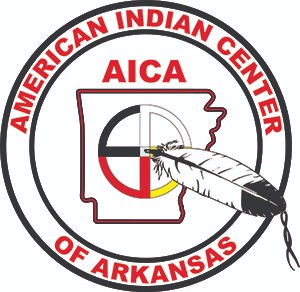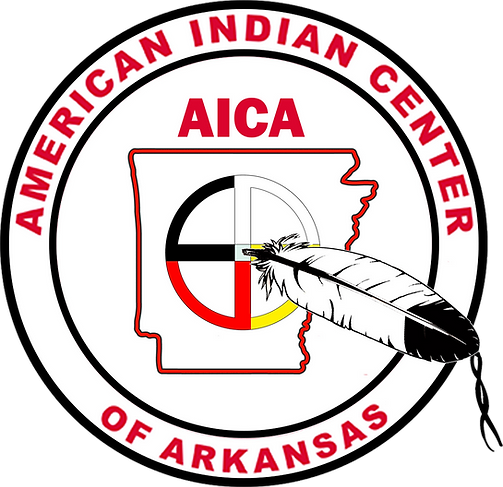ANNIVERSARY OF THE INDIAN CITIZENSHIP ACT, JUNE 2, 1924
What is the Snyder Act of 1921 and who does it apply to?
The Snyder Act of 1921 authorized Indian Affairs to operate programs benefiting American Indians and Alaska Natives throughout the U.S. The Indian Citizenship Act of 1924, also known as the Snyder Act, was signed by President Calvin Coolidge on June 2, 1924, granting full citizenship to American Indians and Alaska Natives. Despite the Fifteenth Amendment granting voting rights to all U.S. citizens regardless of race in 1870, Native Americans did not fully enjoy these rights until the 1924 Act.
Today, Indian Affairs services approximately 2 million American Indians and Alaska Natives from 574 federally recognized tribes through direct services or contracts, grants, and compacts. These programs aim to support tribes and enhance their members’ quality of life.
The U.S. government extended citizenship to Native Americans in 1924, often against the wishes of some Native Nations. Despite this, Native Americans faced numerous barriers to voting until the protections of the Voting Rights Act. It wasn’t until 1958 that Native Americans could vote in all 50 states. To this, day Native people are forced to continue to litigate for their right to vote, as states continue passing legislation to prevent Native people from voting in U.S. elections.
Where Are We 100 Years Later as Tribal U.S. Citizens?
One hundred years after being recognized as U.S. citizens, Native tribes still face significant challenges. For instance, approximately thirty percent of the Navajo Nation population lacks access to clean, reliable drinking water. Seven years after the Standing Rock protests, Native tribes continue to battle the Dakota Access Pipeline, which threatens the primary water source for the Cheyenne River and Standing Rock Sioux Tribes. Peaceful protesters at the Oceti Sakowin camp were met with militarized police, arrests, and violence. Within the first five years, the Dakota Access Pipeline leaked at least five times, instilling daily fear of a catastrophic spill in the community.
Currently, Portland, Oregon has issued a public water warning for parasites, causing illness due to poor management despite city proclamations promoting collaboration with tribes. In California, tribes are consistently overlooked and marginalized. Wildfires and mudslides could be significantly reduced, if not eliminated, by respecting their legal sovereignty. Allowing tribes to conduct ceremonial burnings and employ other traditional methods, which have proven effective in the past and remain so today, would greatly help mitigate these natural disasters.
Native boys often face ridicule for their traditional long hair, with some experiencing the trauma of having it forcibly cut at school year after year. Recently, a Lakota student’s traditional feather plume was cut from her graduation cap during her high school commencement ceremony. This act violates federal laws regarding sovereignty, religious freedom, civil rights, and environmental protection. The feather is not merely a decoration; it is an honorable, earned distinction, akin to a badge or medal awarded for service or the completion of a mission. Cutting that feather cut into her soul, causing pain that the non-Indigenous community might never fully understand.
These are just a few of the many recent and ongoing issues faced by Tribal U.S. citizens today. Being indigenous and closely connected to ancient traditions makes it challenging to integrate into mainstream society. While we are recognized as U.S. citizens, we are not fully accepted as Tribal citizens. Despite the White House acknowledging our dual status since 1924, we are not allowed to live as Tribal U.S. citizens.
Being a true dual Tribal U.S. citizen means being authentically represented without facing performative demands or stereotypes. It means not being told, “Be more Indian. Do you have a drum? Will you sing? Will you perform? Where’s your Indian jewelry? You don’t look Indian. Can you change—it’s a little much. Can you do the land acknowledgment? Can you make me one?” and other such requests that seek to change or exploit your identity for various profits.
Being a Tribal U.S. citizen means having a relationship with your tribe and people, fostering acceptance, inclusion, and collaboration. This includes successful practices and strategies in areas such as health, safety, wellbeing, education, society, history, community, environment, ecosystem,
culture, management, and business. It means being valued for who you are, as you are.



#NATIVE ORGANIZERS ALLIANCE
#INDIAN REMOVAL ACT
#BOARDING SCHOOLS
#FREEDOM OF RELIGION ACT


